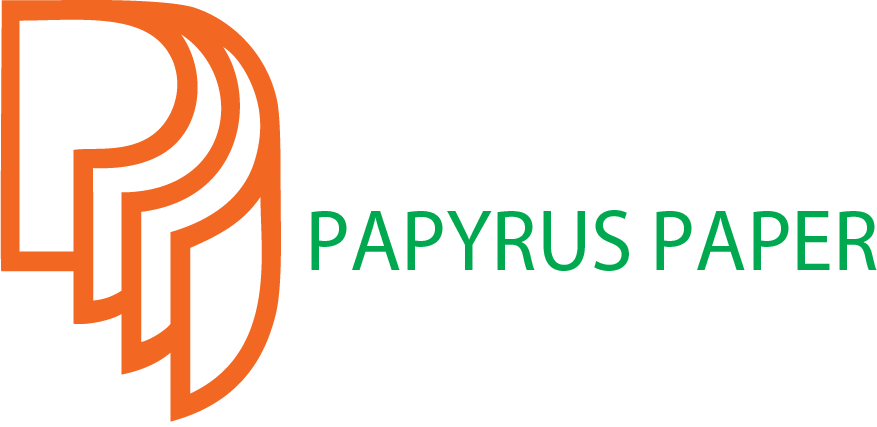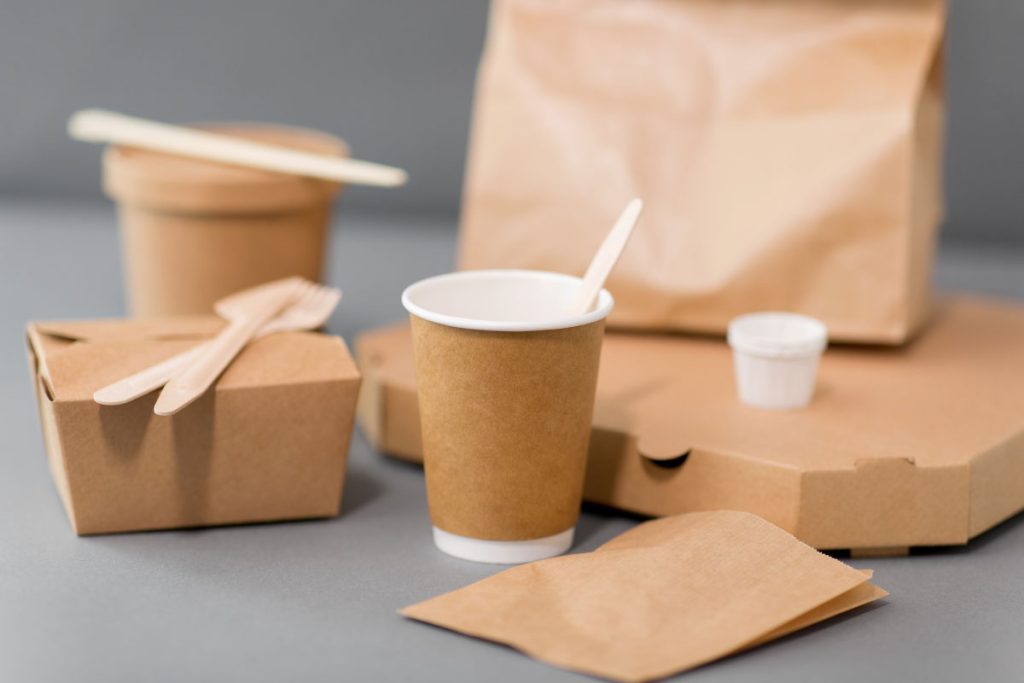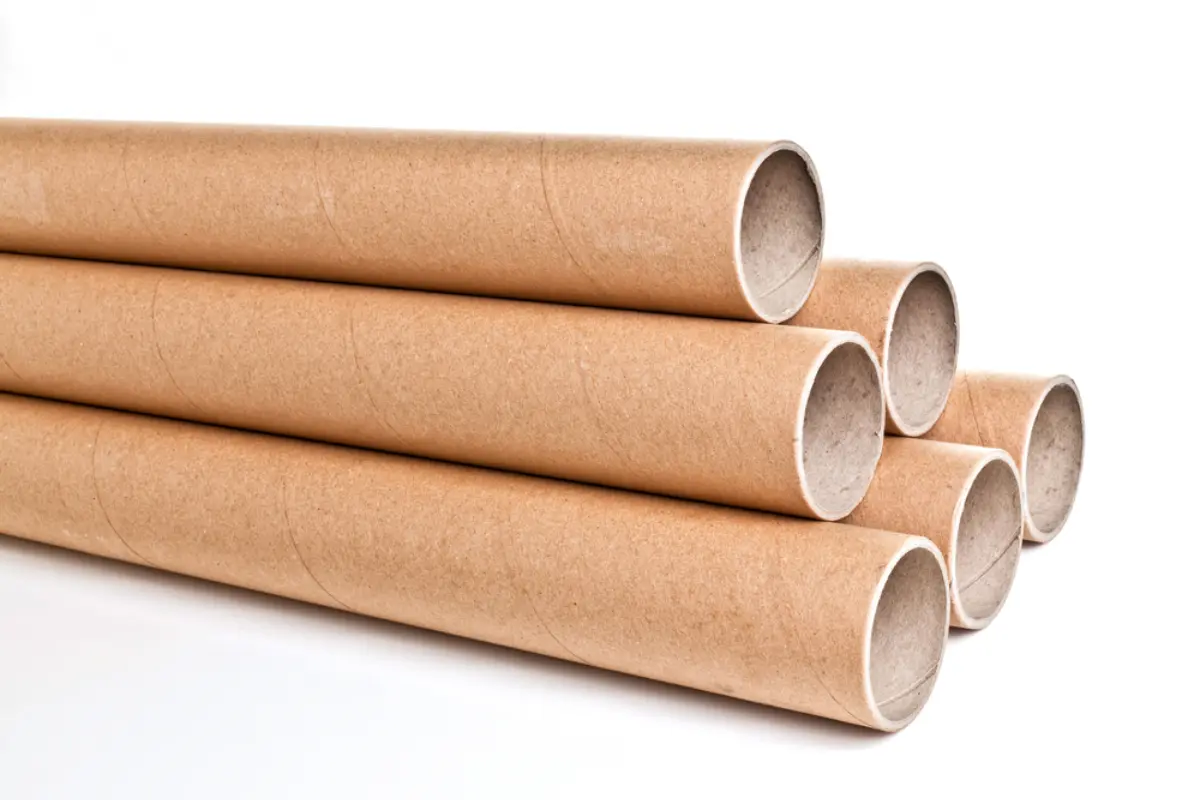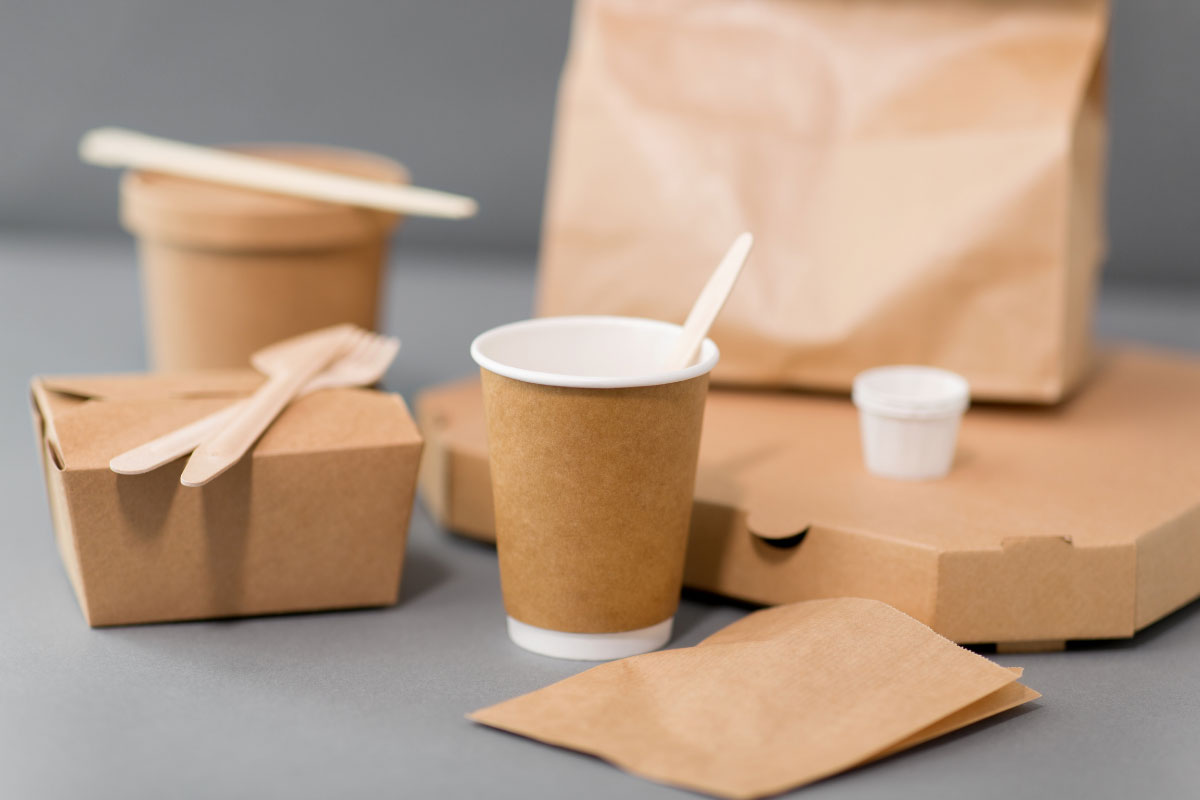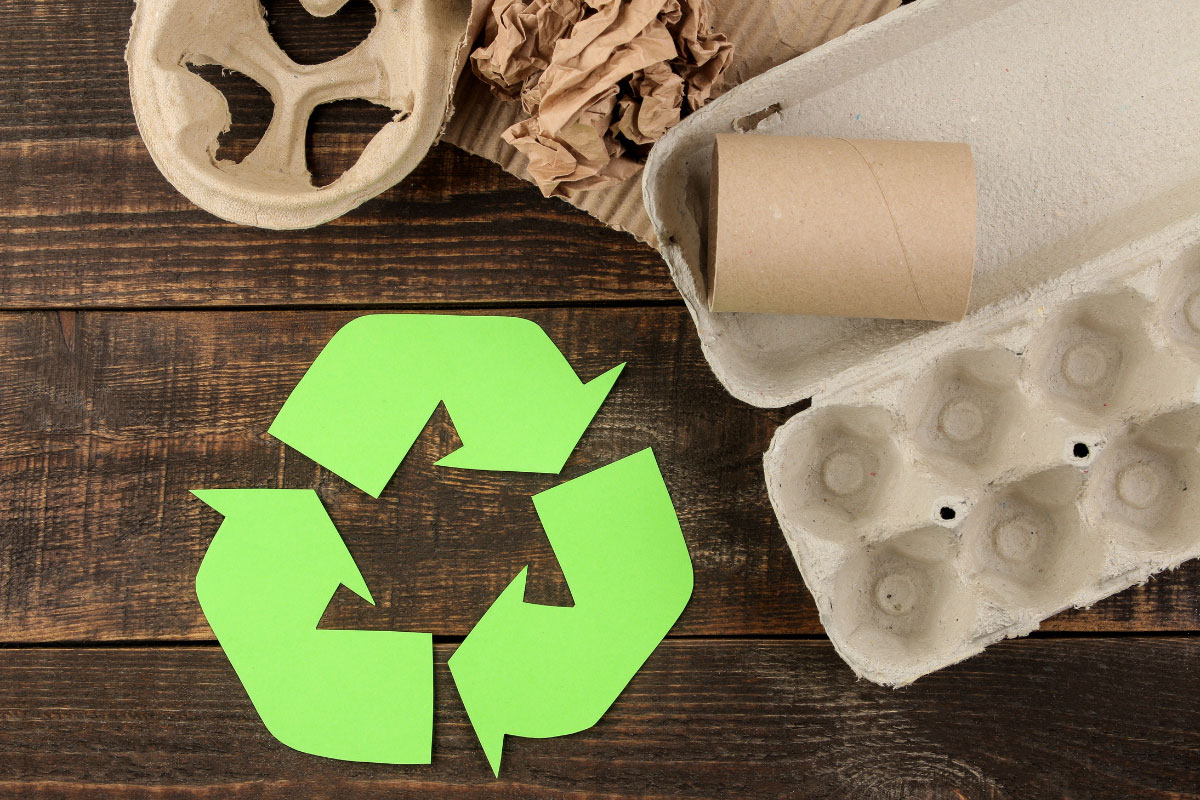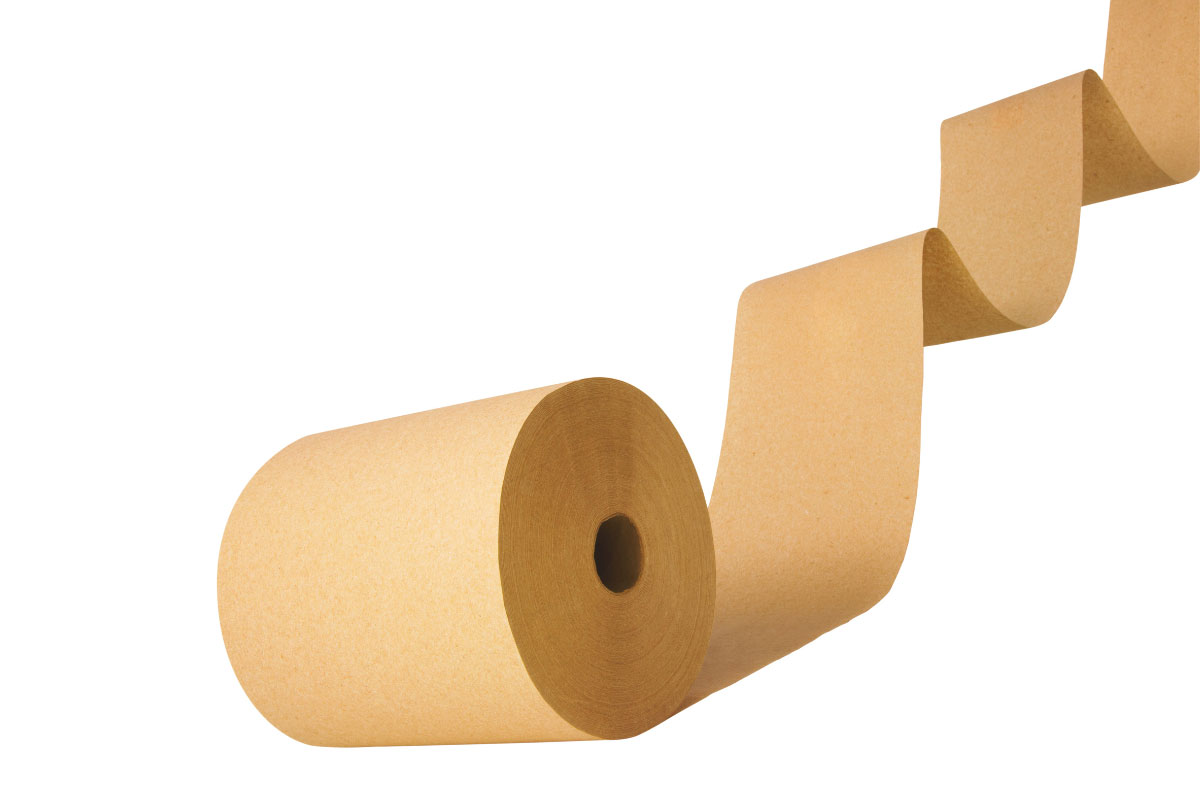Food packaging is one of the most important industries that has received attention today due to the importance of human health. Different food packaging is actually used to protect them from pollution and bacteria in the environment, as well as to make transportation and consumption easier. However, choosing the right packaging for food is one of the important issues that we must do with sufficient information.
Today, various food items have been produced in the world, special packaging is also considered for each one. At the same time, you can use different packages for a specific food item. Among them, one of the most common packaging for food, after plastics, is paper. But the question may arise for you, among the different types of paper, which one is the most suitable for our products? How many types of wrapping paper are there and what are the characteristics of each? We are going to answer these questions in this article.
Wrapping paper
Wrapping papers can be green and recyclable. Today, due to the massive increase in population around the world as well as the increasing importance of people’s health, the use of green packaging in daily life for various products, especially food, has become a priority. For example, among the uses of this category of paper, we can mention oil paper for preparing food, paper envelopes for transportation, and environmentally friendly paper for packaging and protecting food.
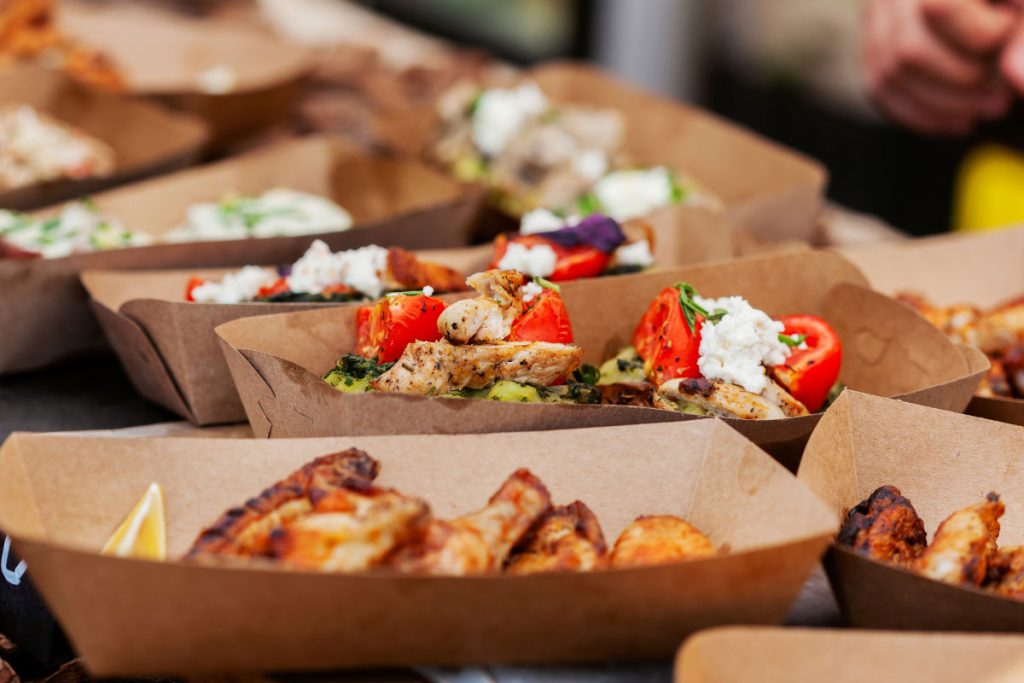
how should be packaging paper?
When using wrapping paper, you can print your logo on it and personalize the paper. Also, paper is a type of packaging that is available and you will not have trouble ordering and buying it. Another advantage of using wrapping paper is its light weight and variety in design and color, which opens the way for you to create creativity!
Paper used for food packaging should meet specific criteria to ensure it is safe for direct or indirect contact with food. The quality and characteristics of food-grade paper are essential to maintain the safety, freshness, and quality of the packaged food. Here are some key considerations for how paper used for food packaging should be:
- Food-Grade Materials: The paper should be made from food-grade materials that are safe for contact with food. This typically means using paper that complies with relevant regulations and standards for food contact materials.
- Barrier Properties: Depending on the type of food being packaged, the paper may need specific barrier properties to prevent moisture, grease, or odors from penetrating the packaging. Coatings or laminations can enhance these properties.
- Grease Resistance: If the food being packaged is greasy or oily, the paper should be treated or coated to resist grease penetration. This is crucial to maintain the integrity of the packaging and the freshness of the food.
- Moisture Resistance: For foods that are sensitive to moisture, such as baked goods, the paper should provide a degree of moisture resistance to prevent moisture absorption and maintain product quality.
- FDA Compliance: Ensure that the paper meets the requirements set forth by the U.S. Food and Drug Administration (FDA) or equivalent regulatory agencies in other regions. Food-grade paper should not contain harmful substances that can migrate into the food.
- Safety Certification: Look for certifications from reputable organizations that confirm the safety and suitability of the paper for food contact. Examples include ISO 22000 and FSSC 22000 for food safety management systems.
- Printing Inks: If the paper is printed with inks or colors, ensure that these inks are food-safe and non-toxic. They should not leach harmful substances into the food.
- Odor and Taste Neutrality: Food-grade paper should not impart any undesirable odors or flavors to the packaged food. It should remain odor and taste neutral.
- Strength and Durability: The paper should have adequate strength and durability to withstand the handling and storage conditions of the packaged food. It should not tear or deteriorate easily.
- Recyclability: Sustainable packaging is increasingly important. Consider using paper that is recyclable or made from recycled materials to reduce environmental impact.
- Customization: Food packaging paper can be customized with branding, product information, and design elements to enhance the visual appeal and marketing of the product.
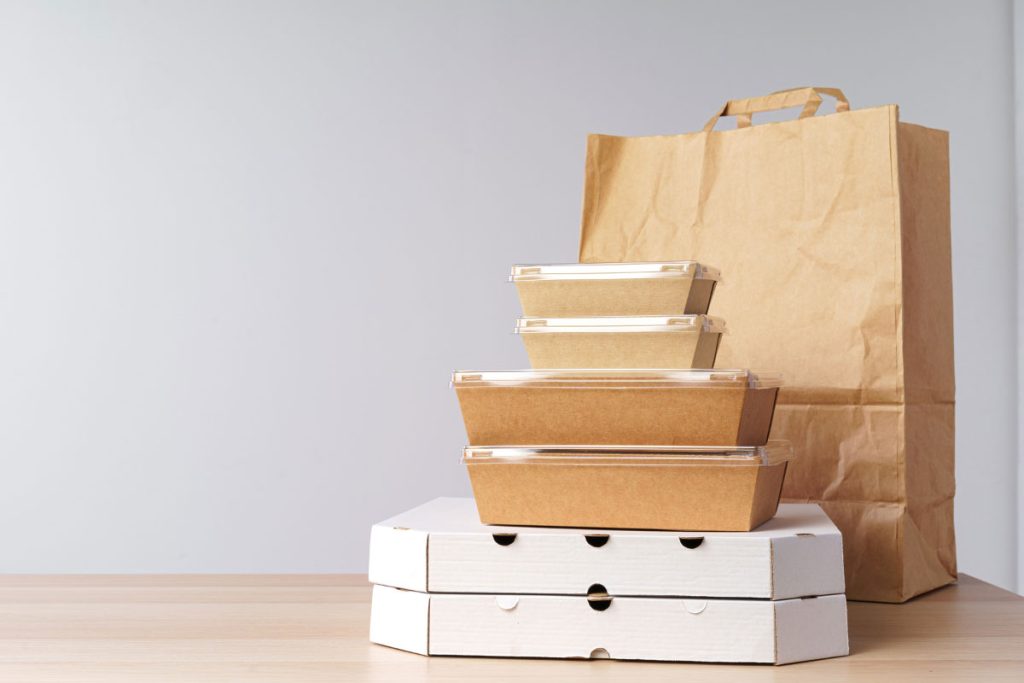
Types of food packaging paper
There are different types of packaging papers, each of which has a special thickness, softness, and appearance. Note that when choosing the right paper to pack your products, you must first check the type of product and choose the packaging according to the nature of the product as well as the users’ wishes.
1. Kraft paper
One of the most common papers for food packaging is kraft paper, which you probably know as straw paper. This type of paper is made of soft wood sulfate, which is usually thicker than other papers and has a light brown color. This type of paper has high tensile strength and is mostly used for making packaging paper envelopes, letter envelopes, food packs and medicine envelopes.
2. cardboard
Other papers for packaging include cardboard packs made from bleached chemical pulp. This category of paper can be single-layer or multi-layer and also available in different sizes. One of the characteristics of packaging cardboard is its white, smooth and firm surface, which is why they are used to produce cardboard bags, gift boxes and hand bags. You can use this packaging to pack all kinds of sweets, cakes, snacks, etc.
3. coated paper
If you have ever paid attention to different packages, you have probably seen that the surface of some of them is shiny. These packages are produced with coated paper, which are widely used in printing houses and for printing commercial papers. The surface of this paper is covered by polymer and chemical materials and creates a shiny surface on one or both sides.
4. Offset paper
Offset papers, like coated paper, have a smooth and white surface, but their whiteness and smoothness and thickness are less than coated. This type of paper is suitable for single-color or multi-color printing, such as book covers, and displays color, text, and images well. For this reason, using offset paper and designing a logo or text on it for food packaging can be a good choice. This type of paper is suitable for packing dry materials such as dried fruits.
5. Parchment paper
Parchment paper, also known as baking paper or bakery release paper, is a type of kitchen paper that is commonly used in cooking and baking. It is made from a special type of paper that has been treated with silicone, which gives it non-stick properties and heat resistance. Parchment paper is popular for its non-stick surface, making it an excellent choice for baking. When placed on baking sheets or in baking pans, it prevents food from sticking to the surface, allowing for easy release of baked goods like cookies, cakes, and pastries.this paper can withstand high temperatures, typically up to around 450°F (232°C) or higher, depending on the brand and type. This makes it suitable for use in ovens and microwaves.
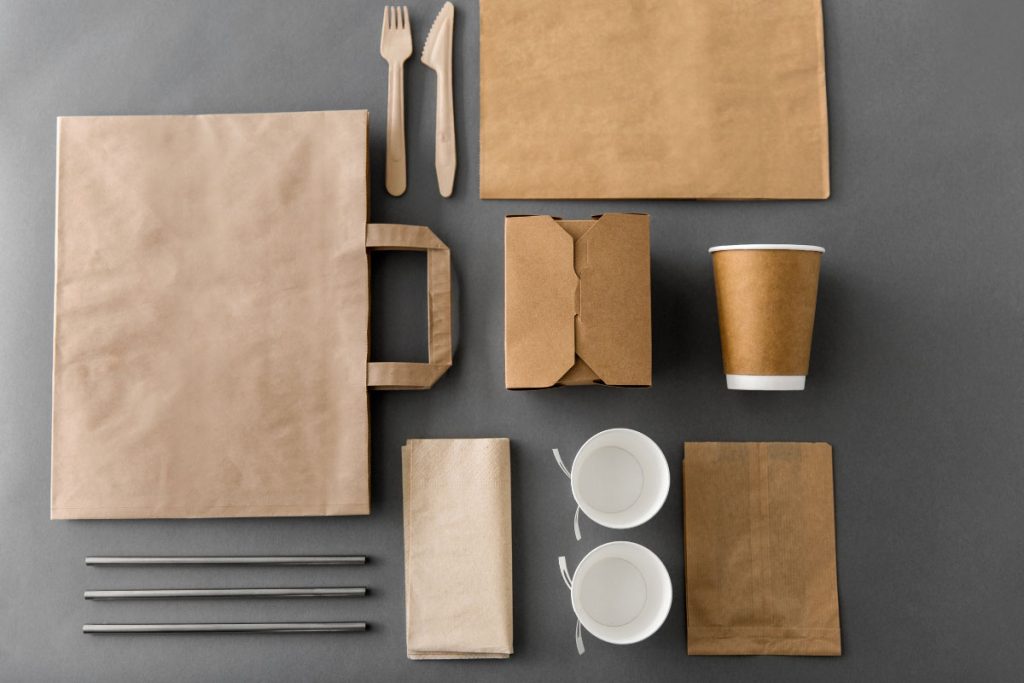
Can we use recycled paper for food packaging?
Yes, recycled paper can be used for food packaging, but there are specific considerations and guidelines that must be followed to ensure the safety and suitability of recycled paper for this purpose. Here are some important points to keep in mind when using recycled paper for food packaging:
- Food Safety Standards: Recycled paper used for food packaging should meet food safety standards and regulations applicable in your region. Regulatory agencies often provide guidelines on the use of recycled materials in food contact applications.
- Source of Recycled Paper: Ensure that the source of recycled paper is clean and free from contaminants that could pose a risk to food safety. Recycled paper should be sourced from materials that were used for non-toxic and non-contaminating purposes.
- Food-Grade Inks and Adhesives: If recycled paper is printed or labeled, it’s important to use food-grade inks and adhesives that are safe for contact with food. These inks and adhesives should not transfer harmful substances to the packaged food.
- Sanitization and Decontamination: Depending on the recycling process, recycled paper may undergo sanitization or decontamination to remove any potential contaminants. This step is essential to ensure the safety of the final product.
- Regulatory Compliance: Comply with local and national regulations regarding the use of recycled materials in food packaging. These regulations may vary by region, so it’s important to understand and adhere to local requirements.
- Quality Control: Implement strict quality control measures to ensure the cleanliness, safety, and integrity of recycled paper used in food packaging. Regular testing and inspections are crucial.
- Recycling Symbol: Consider including a recycling symbol or information on the packaging to encourage consumers to recycle the packaging after use, contributing to sustainability efforts.
- Functional Properties: Evaluate the functional properties of recycled paper, such as its barrier properties, strength, and durability, to ensure it meets the specific requirements of the food product being packaged.
- Printability: Ensure that recycled paper can be printed with the necessary information, branding, and design elements while maintaining the required visual appeal.
- Consumer Perception: Consider consumer perceptions of recycled packaging. Many consumers appreciate environmentally friendly packaging, but it’s important to strike a balance between sustainability and food safety.
Recycled paper can be an environmentally responsible choice for food packaging, contributing to reduced waste and resource conservation. However, it must meet stringent safety and quality standards to ensure that it does not compromise the safety or quality of the packaged food. Collaboration with paper suppliers, packaging experts, and regulatory authorities is essential when using recycled materials in food packaging to ensure compliance and safety.

